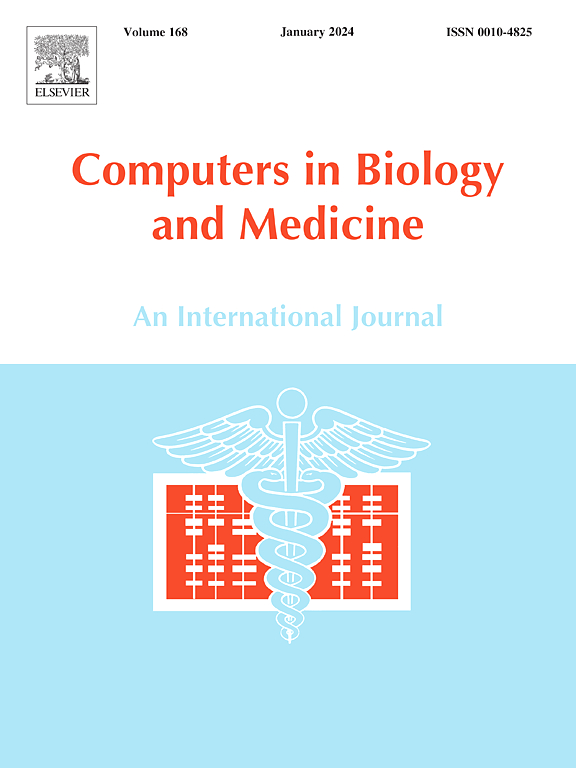利用CTG记录和ResNet模型预测出生时IUGR状况
IF 6.3
2区 医学
Q1 BIOLOGY
引用次数: 0
摘要
目的子宫胎盘灌注和胎儿营养不佳可导致宫内生长受限(IUGR),也称为胎儿生长受限(FGR)。产前心脏造影(CTG)可以帮助早期发现IUGR。在分娩前可靠地诊断IUGR仍然具有挑战性,深度学习(DL)技术提供了潜在的解决方案。本文描述了通过使用产前监测期间收集的CTG信号来预测出生时IUGR状况的DL方法的发展。材料和方法我们的方法被封装在ResNet体系结构的两步训练过程的概念中。主要关注的是最小化数据丢失,这促使将数据分为“假定”和“确认”数据集,根据出生时是否存在信息进行区分。该方法涉及微调:初始训练使用“假定”的数据来训练网络,随后的训练使用代表特定知识的数据来改进其性能。结果DL模型在确诊病例的hold out测试集上达到了80%的平衡准确率,优于使用标准临床指南获得的结果。我们的工作结果与类似论文的结果进行了比较,这些论文涉及出生时IUGR状况的预测,以及一般情况下胎儿病理状况的预测。与文献中报道的其他论文相比,我们的最终结果是使用非常大的数据集获得的。结论将DL方法纳入CTG信号可以补充影像学技术,提高IUGR的早期发现。本文章由计算机程序翻译,如有差异,请以英文原文为准。

Prediction of IUGR condition at birth by means of CTG recordings and a ResNet model
Objective
Sub-optimal uterine-placental perfusion and fetal nutrition can lead to intrauterine growth restriction (IUGR), also called fetal growth restriction (FGR). Antenatal cardiotocography (CTG) can aid in the early detection of IUGR. Reliably diagnosing IUGR before delivery remains challenging, and deep learning (DL) techniques offer potential solutions. This paper describes the development of a DL approach to predict an IUGR condition at birth by using CTG signals collected during antenatal monitoring.
Materials and methods
Our method is encapsulated in the concept of a two-step training process of a ResNet architecture. The primary focus is on the minimization of data loss, which motivates the division into “presumed” and “confirmed” datasets, which is employed to distinguish based on the presence of information at birth. The method involves fine-tuning: the initial training utilizes “presumed” data to train the network, and the subsequent training employs data representing certain knowledge to refine its performance.
Results
The DL model reaches a balanced accuracy of 80% on a hold-out test set of confirmed cases, which is better than what obtained by using standard clinical guidelines.
Discussion
The results of our work are compared to the results of similar papers dealing with the prediction of IUGR condition at birth and in general with the prediction of fetal pathological conditions. Our final results are obtained using a very large dataset compared to other papers reported in the literature.
Conclusion
The inclusion of DL methods on CTG signals may complement imaging technologies and improve the early detection of IUGR.
求助全文
通过发布文献求助,成功后即可免费获取论文全文。
去求助
来源期刊

Computers in biology and medicine
工程技术-工程:生物医学
CiteScore
11.70
自引率
10.40%
发文量
1086
审稿时长
74 days
期刊介绍:
Computers in Biology and Medicine is an international forum for sharing groundbreaking advancements in the use of computers in bioscience and medicine. This journal serves as a medium for communicating essential research, instruction, ideas, and information regarding the rapidly evolving field of computer applications in these domains. By encouraging the exchange of knowledge, we aim to facilitate progress and innovation in the utilization of computers in biology and medicine.
 求助内容:
求助内容: 应助结果提醒方式:
应助结果提醒方式:


